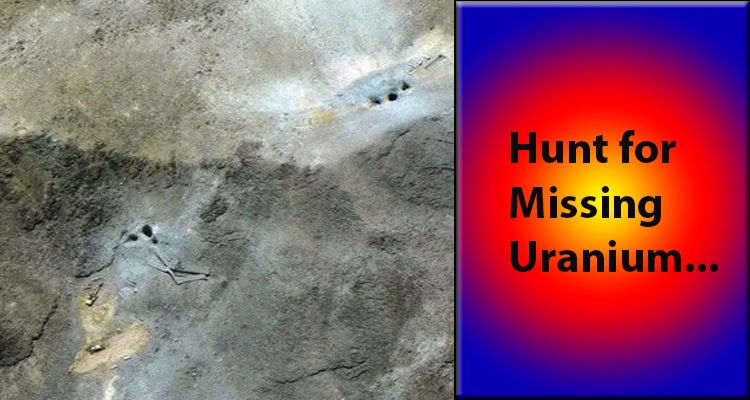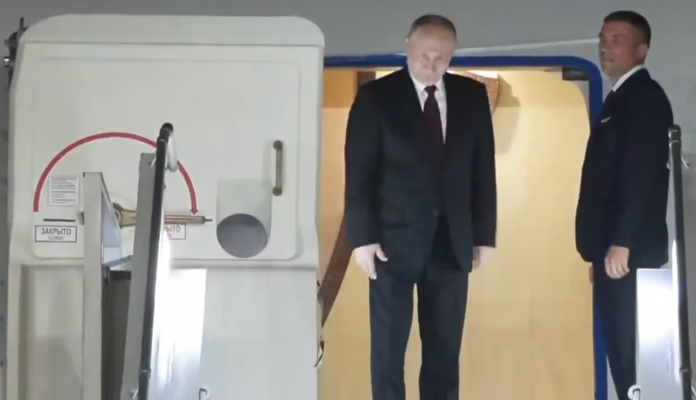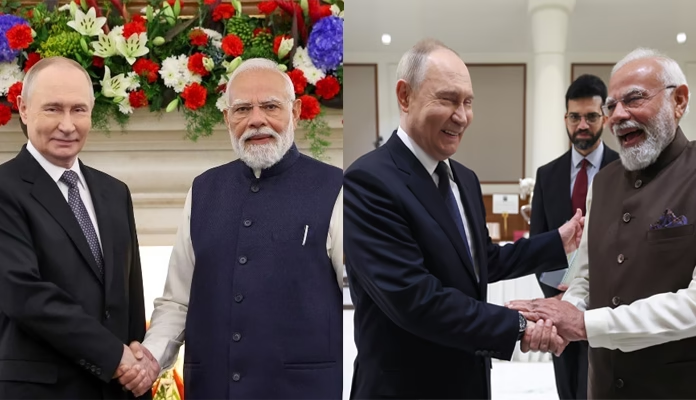
Where Is Iran’s 400 Kg of Enriched Uranium ?
by Ashis Sinha
A week after U.S. airstrikes targeted Iran’s key nuclear installations, United Nations nuclear inspectors and intelligence agencies are racing against time to answer one burning question: What happened to Iran’s enriched uranium stockpile?
The strikes—part of a coordinated mission dubbed “Operation Midnight Hammer”—hit the Fordow, Natanz, and Isfahan nuclear sites, aiming to cripple Tehran’s atomic program. But U.S. and Israeli assessments now suggest the operation’s success may be more limited than initially claimed.
A classified U.S. intelligence report, reviewed post-strike, concludes the attacks are likely to delay Iran’s nuclear timeline by only a few months, contradicting former President Donald Trump’s assertion that the program had been “completely obliterated.” Israeli intelligence paints a more damaging picture, claiming the core of Iran’s enrichment capabilities were significantly degraded.
Yet the most alarming mystery surrounds the fate of approximately 400 kilograms of uranium enriched to 60%—just short of weapons-grade. That quantity, if further refined, could fuel up to nine nuclear weapons, according to the International Atomic Energy Agency (IAEA).
Satellite Clues & Suspicious Moves
Commercial satellite images from Maxar Technologies, dated June 19–20, show 16 cargo trucks parked outside the Fordow facility, just days before the bombing. Intelligence officials cited by The New York Times and Reuters believe Iran likely moved the uranium stockpile in advance, potentially anticipating the strikes.
A senior Iranian official admitted anonymously that “almost all” of the stockpile had been transferred to a secure, undisclosed location.
This has been further compounded by the suspension of IAEA inspections post-strikes, leaving international monitors effectively blind. IAEA Director General Rafael Grossi confirmed the agency has been denied access since June 22, calling the lack of verification a “critical gap” that threatens global security.
Iran Denies Any Backtracking
Despite the attacks, Tehran remains defiant. Senior officials insist Iran is not seeking nuclear weapons and will not bow to international pressure.
Deputy Foreign Minister Takht Ravanchi told local media, “No one can dictate terms to the Islamic Republic,” while Ali Shamkhani, adviser to Supreme Leader Ayatollah Khamenei, reportedly declared that “even if the facilities are wiped out, the knowledge, resolve, and uranium remain.”
IAEA chief Grossi revealed Iran had notified the agency of “steps taken to protect its nuclear assets” a week before the strike but refused to disclose specifics.
A Nuclear Shell Game?
Analysts worry the strikes may have inadvertently enabled Iran to conceal nuclear materials. Olli Heinonen, former top IAEA inspector, warned the search for the missing uranium will involve “long, complex efforts”—from rubble excavation to advanced forensic testing.
“There could be materials which are inaccessible, distributed under debris, or even deliberately hidden,” he noted.
Kelsey Davenport of the Arms Control Association emphasized on X (formerly Twitter) that Iran’s 60% enriched uranium stockpile is a major proliferation risk, particularly if any centrifuges are unaccounted for.
A Crisis of Trust—and Time
Western intelligence agencies now suspect Iran may have received a tip-off. A Western diplomat cited by Reuters claimed enriched uranium at Fordow appeared to have been removed before the bombing, suggesting a possible leak or insider warning.
The growing uncertainty has revived echoes of the Iraq War, where the search for non-existent WMDs became a costly and credibility-damaging pursuit.
While Israel and the U.S. are pressing Iran for transparency, diplomatic avenues remain blocked, and with IAEA’s inspections on hold, the “missing uranium” mystery threatens to become a long-running geopolitical standoff.
As Grossi cautioned before the UN Security Council: “The clock is ticking. Without access, we are operating in the dark.”
For now, the hunt for Iran’s missing uranium continues—with no clarity, no confirmation, and no end in sight.



